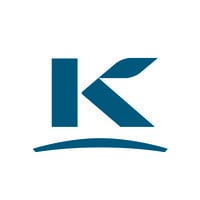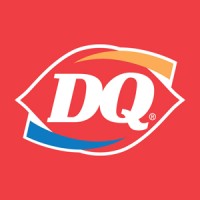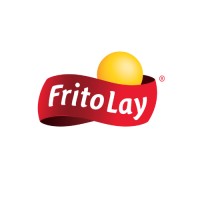Company Cyber Security Posture
NANA
NA Company Details
NA
NA
NA
NA
NA
NA
Scan still pending
NA
NA
Between 200 and 800
This score is AI-generated and less favored by cyber insurers, who prefer the TPRM score.
 NA Global Score
NA Global Score.png)

Company Scoring based on AI Models
| Model Name | Date | Description | Current Score Difference | Score |
|---|---|---|---|---|
| AVERAGE-Industry | 03-12-2025 | This score represents the average cybersecurity rating of companies already scanned within the same industry. It provides a benchmark to compare an individual company's security posture against its industry peers. | N/A | Between 200 and 800 |
Company Cyber Security News & History
| Entity | Type | Severity | Impact | Seen | Url ID | Details | View |
|---|
Company Subsidiaries

NA
Access Data Using Our API

Get company history
.png)
NA Cyber Security News
Thai Beverage PLC (TBVPF) (H1 2025) Earnings Call Highlights: Navigating Challenges with ...
Total Sales Revenue: THB1,776,170 million, an increase of 1% year on year. Net Profit: THB17,769 million, a decrease of 9.2% year on year.
Thai Beverage PLC's Dividend Analysis
Thai Beverage PLC (TBVPF) recently announced a dividend of $0.15 per share, payable on 2024-06-12, with the ex-dividend date set for ...

NA Similar Companies

Kerry
Every day, millions of people throughout the world consume foods and beverages containing Kerry’s taste and nutrition solutions. We are committed to making the world of food and beverage better for everyone, and dedicated to our Purpose, Inspiring Food, Nourishing Life. At Kerry, we are proud to

Greene King
Greene King is the country’s leading pub company and brewer with c.2,600 pubs, restaurants and hotels across England, Wales and Scotland. At Greene King we are passionate about delivering our purpose to ‘pour happiness into lives’. That’s for our customers, our team, our pub partners, our suppliers

GoTo Foods
Atlanta-based GoTo Foods (formerly known as Focus Brands) is a leading developer of global multi-channel foodservice brands. As of December 31, 2023, GoTo Foods, through its affiliate brands, is the franchisor and operator of more than 6,700 restaurants, cafes, ice cream shoppes, and bakeries in all

Dairy Queen
Here at the DQ® system, we believe that HAPPY TASTES GOOD®. Our first location opened in Joliet, Illinois, 80 years ago. Since then we’ve grown to more than 7,000 DQ® locations in the U.S., Canada and 22 other countries. Our restaurants offer a variety of sweet treats and crave-worthy eats that

Frito-Lay
We believe every consumer should have access to their favorite snack, everywhere. We own the manufacturing process from seed to shelf and actively invest in technology to automate key steps of the process. This helps us be more agile in what we need to make, who we need to make it for, and how we ca

SABECO - Saigon Beer Alcohol Beverage Corporation
Hương vị độc đáo của Bia Sài Gòn là kết tinh sản vật của vùng đất phương Nam trù phú và tinh thần hào sảng phóng khoáng của người Sài Gòn, trở thành một phần không thể thiếu trong cuộc sống vui buồn hàng ngày. Với 2 loại bia chai Larue dung tích 610 ml và bia chai 33 dung tích 330 ml thời kỳ đầu ti

Frequently Asked Questions
Explore insights on cybersecurity incidents, risk posture, and Rankiteo's assessments.
NA CyberSecurity History Information
How many cyber incidents has NA faced?
Total Incidents: According to Rankiteo, NA has faced 0 incidents in the past.
What types of cybersecurity incidents have occurred at NA?
Incident Types: The types of cybersecurity incidents that have occurred include .
Additional Questions
What Do We Measure?
















Every week, Rankiteo analyzes billions of signals to give organizations a sharper, faster view of emerging risks. With deeper, more actionable intelligence at their fingertips, security teams can outpace threat actors, respond instantly to Zero-Day attacks, and dramatically shrink their risk exposure window.
These are some of the factors we use to calculate the overall score:
Identify exposed access points, detect misconfigured SSL certificates, and uncover vulnerabilities across the network infrastructure.
Gain visibility into the software components used within an organization to detect vulnerabilities, manage risk, and ensure supply chain security.
Monitor and manage all IT assets and their configurations to ensure accurate, real-time visibility across the company's technology environment.
Leverage real-time insights on active threats, malware campaigns, and emerging vulnerabilities to proactively defend against evolving cyberattacks.




